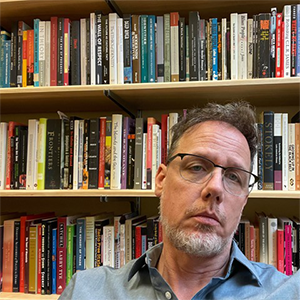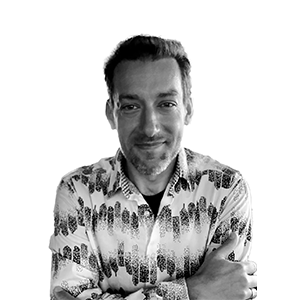A James Baldwin: Artist, Witness, and Historian James Baldwin Review Roundtable
This roundtable, sponsored by James Baldwin Review, explores Baldwin’s interdisciplinary approach to history. As his life and work testify, history lives in the blues, on the stage, on the page, and in everyday life. Our discussion prods Baldwin’s engagements with multiple aesthetic forms as bearing witness to history, asking in what ways is he “a sort of emotional or spiritual historian?” Roundtable participants will give short statements, “provocations,” if you will, to allow time for audience participation.
What follows is a brief title and abstract for each roundtable participant:

Prentiss Clark (Associate Professor of English, University of South Dakota)
“‘To roar History back on stage’: Baldwin’s Just Above My Head as Encore”
If “time and time and time again / Time traps History in a lie,” then Baldwin relentlessly exposes the lie. Or, as he memorably puts it, “American history is longer, larger, more various, more beautiful, and more terrible than anything anyone has ever said about it.” This endeavor finds epic form in Just Above My Head, Baldwin’s last novel and his boldest lesson in what it takes “to roar History back on stage.”
 John E. Drabinski (Professor of African American Studies, University of Maryland)
John E. Drabinski (Professor of African American Studies, University of Maryland)
"Witness and Refusal"
For Baldwin, witnessing is documentation, a sense of bare and barren truth that in an antiblack world is akin to revolutionary intervention. But, I argue, witness for Baldwin is not just a matter of documenting atrocity. It is also documentation of refusal, an articulation, however elliptically, of a space of life outside the social death proscribed by the interracial world of the United States.

Christopher Hunt (Assistant Professor, Department of Religion, Colorado College)
“James Baldwin as Anti-Christian Prophet”
Not only is Baldwin’s critique of the Christian church ahead of its time in pointing out European Christianity’s entanglement with colonial power, but it also reveals a troubling tendency within both black and white expressions of Christianity—the need to create an Other. Baldwin doesn’t simply cast Christianity aside, but he queers its language and symbols, shifting their meaning toward building his own unique religious vision.

Justin A. Joyce (Senior Publications Editor and Managing Editor of James Baldwin Review, Washington University in St. Louis)
“Know Whence You Came”: History, Truth, and the Art of James Baldwin
By focusing on two speeches and an interview from one very busy day on the lecture circuit for CORE in California, May 7, 1963, I examine Baldwin’s role as activist, witness, and artist within the civil rights era.

James Smalls (Professor of Visual Arts, University of Maryland, Baltimore County)
“Baldwin, and the visual arts of Beauford Delaney and Glen Ligon”
Baldwin’s contested and disruptive channeling as “emotional historian” can be found through the modern and contemporary African American artists, Beauford Delaney and Glenn Ligon, respectively. I trace the often oblique through-line of these visionary artists.
